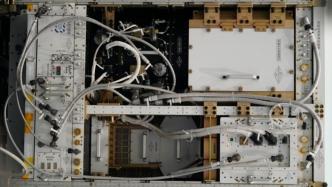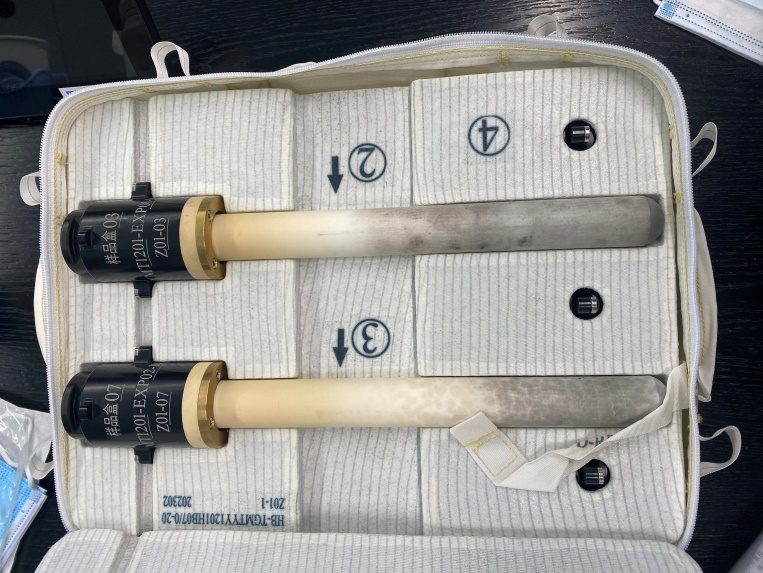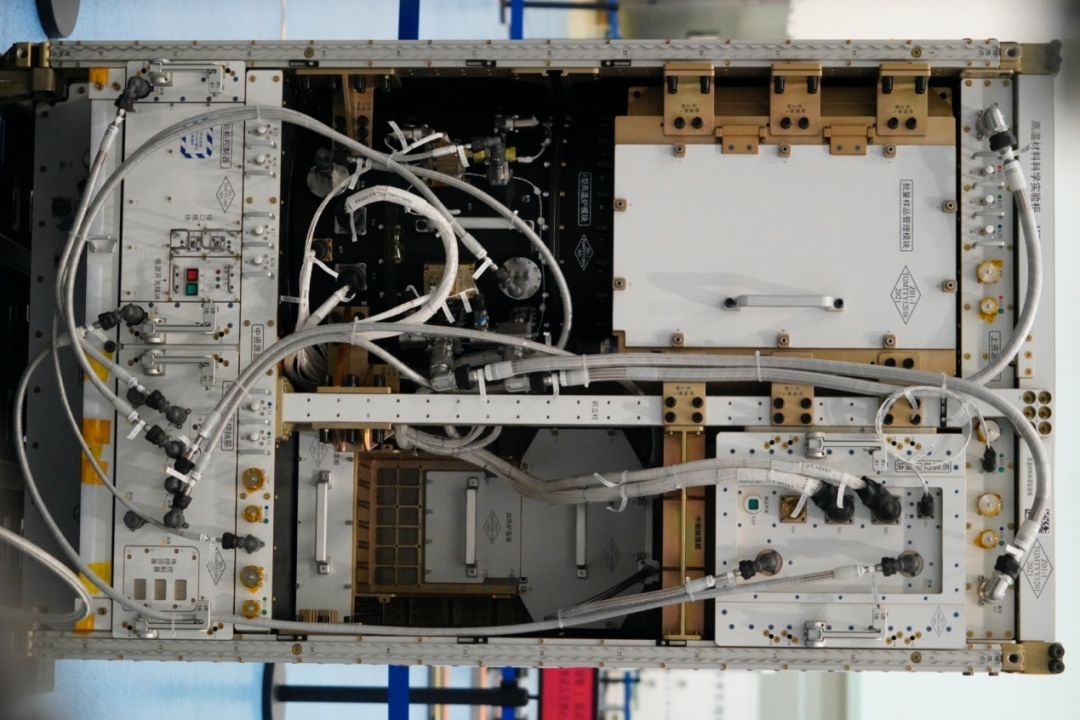

The high-temperature material sample box returned with the Shenzhou 15 manned spacecraft.
On the morning of June 21, the handover ceremony of the fourth batch of space science experiment samples (materials) on the manned space station was held at the Shanghai Institute of Ceramics, Chinese Academy of Sciences in Jiading District, Shanghai.
This batch of space material experiment samples is the first downlink material sample of the high-temperature material experiment cabinet of the space station and the fourth batch of downlink material samples of the non-container experiment cabinet. On June 4, it returned to the ground from the Chinese space station with the return module of the Shenzhou 15 manned spacecraft.
The samples returned with the high-temperature material package in this batch include 5 experimental samples of high-temperature material test cabinets and 3 boxes of material test samples of non-container test cabinets, involving high-temperature alloys, semiconductor materials, functional crystals, etc., respectively from the Institute of Metal Research, Chinese Academy of Sciences, Northwestern Polytechnical University, Institute of Semiconductors, Chinese Academy of Sciences, Shanghai Institute of Ceramics, Chinese Academy of Sciences.
Among them, since the successful launch of Suitian and the core module on April 29, 2021, the containerless experimental cabinet has successfully completed and returned 3 batches of samples.

The space station high temperature material experiment cabinet.
Since the space station's high-temperature material experiment cabinet was successfully launched on October 31, 2022, it has carried out tasks such as assembly and debugging, functional testing, and scientific experiments in orbit, and completed the first batch of space material science experiments in May this year. experiment.
The heating temperature and the number of samples in a single batch of the high-temperature material experiment cabinet of the space station are at the international leading level, and its X-ray transmission imaging function is the first time in the world to be uplinked to a manned space station. After the upgrade and expansion of functions, the material research that the space station high-temperature material experiment cabinet can support will cover functional crystals, high-temperature alloys, new metal alloys, semiconductor materials, special glasses, nanomaterials, biological materials and many other materials, which will promote the development of materials under microgravity. Research on the composition, structure, performance regulation and mechanism of materials.
A workshop on space materials was held after the handover ceremony.